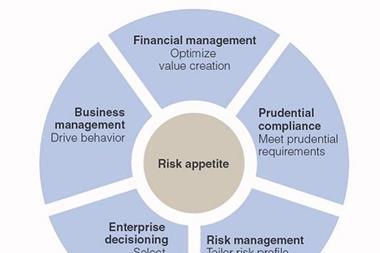In the last 10 years we have seen a plethora of corporate governance regulations and legislation, both nationally and globally. The growing focus on risk controls and reporting may be increasing the importance of the risk manager’s role, but it also poses some challenges
In the last 10 years we have seen a plethora of corporate governance regulations and legislation, both nationally and globally. The growing focus on risk controls and reporting may be increasing the importance of the risk manager’s role, but it also poses some challenges. For example, just how easy is it to turn risk into opportunity when the risk is a particularly prescriptive piece of legislation like the Sarbanes-Oxley Act (SOX)? And should such a law even concern risk managers, as it mainly revolves around the area of accurate financial reporting?
Our roundtable participants were divided on the subject of SOX. Some felt that the procedures necessary for compliance could provide a risk management spin off, for example in granting risk managers easier access to, and the ability to ask searching questions of, some areas of senior management. Others did not consider SOX particularly relevant for risk managers. There was, however, a general feeling that the UK non-prescriptive approach to corporate governance offered more potential for gaining a competitive edge.
The discussion also highlighted the sensitive relationship between risk management and internal audit. While a collaborative partnership is clearly the ideal, it was acknowledged that some rivalries do exist and could act to the detriment of those areas where both functions overlap. Prescriptive legislation like SOX is rarely welcomed by companies. However, most participants agreed that regulation generally has been one of the key drivers for corporate governance.
Downloads
Corporate governance
PDF, Size 1.94 mb
Postscript
Sue Copeman, Editor, StrategicRISK



















No comments yet